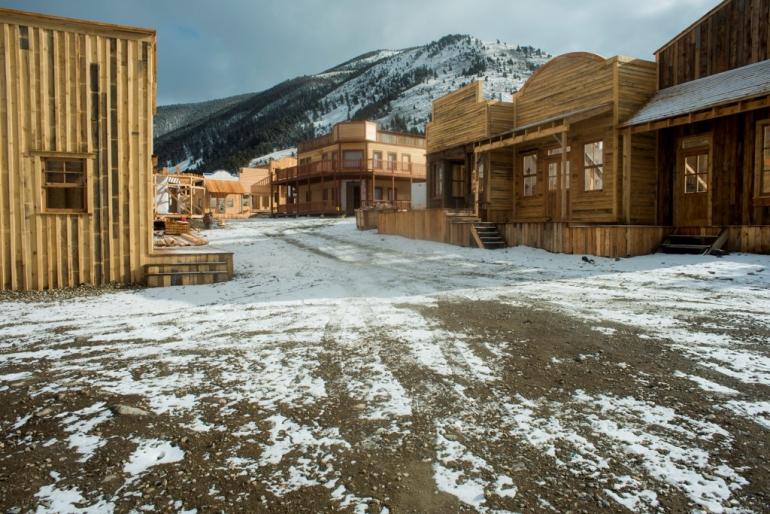LIVINGSTON, MT. — Paradise Valley's Yellowstone Film Ranch was planning to celebrate its first major filming production this summer.
COVID-19 quashed that, unfortunately. The film ranch crew instead spent the time getting the buildings ready to weather their first Montana winter. The ranch crew says that some major Hollywood players are ready to begin shooting at the location as soon as possible.
The Yellowstone Film Ranch is the first permanent set to be constructed in Montana. Construction began in the fall of 2019. We've got a full story on the ranch, from conception to finishing touches. Read the story here: Ought To Be in Pictures: Yellowstone Film Ranch
